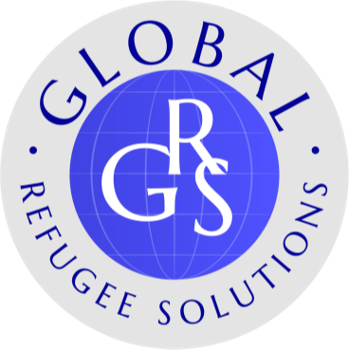Italy
Learn more about the region below
Overview
Italy is facing a complex mix of demographic, economic, and humanitarian challenges. A declining birth rate and an aging population have led to long-term demographic concerns, while poverty and food insecurity persist, especially in southern regions. As a key entry point for refugees and migrants crossing the Mediterranean, Italy, particularly the island of Lampedusa continues to face an ongoing migration crisis that strains its social systems and fuels political tensions both domestically and within the European Union.
Country Facts
- Estimated Population: 59 million (2025)
- Regional Disparities: Northern regions like Lombardy are economically stronger, while the south faces higher unemployment and poverty
- Unemployment: 8.6% nationally, but up to 20% in southern Italy
- Food Insecurity: About 22% of the population at risk
- Absolute Poverty: Increased notably due to the COVID-19 pandemic
Crisis
Italy remains one of the primary entry points for refugees and migrants seeking entry into Europe via the Central Mediterranean route. The island of Lampedusa has become a hotspot, receiving thousands of sea arrivals in short periods. In September 2023, Lampedusa declared a state of emergency after 7,000 migrants arrived in just a few days. The Dublin Regulation exacerbates the situation by requiring asylum seekers to remain in the first EU country of entry, often Italy, even if they intended to seek asylum elsewhere. This has led to overcrowded reception centers and rising tensions between local and national authorities. The Italian government has responded by building new migrant centers, negotiating agreements with other countries like Albania for off-site processing, and pushing for greater EU support. However, many of these efforts face legal and logistical challenges. Human rights concerns persist, especially regarding the treatment of unaccompanied minors, the conditions in reception centers, and the lack of access to services. Italy’s economic challenges including high youth unemployment and growing food insecurity add further pressure to a system already strained by the demographic crisis and increasing immigration flows.
Frequently Asked Questions (FAQs)
Why is Italy experiencing a migrant crisis?
Due to its geographic location on the Central Mediterranean route, Italy is a primary destination for migrants and asylum seekers fleeing poverty, conflict, or instability in North Africa and the Middle East.
What is the Dublin Regulation and how does it affect Italy?
The Dublin Regulation requires asylum seekers to remain in the first EU country they enter. For many, this is Italy, which leads to a buildup of asylum seekers and strains Italy’s ability to provide adequate services.
How is the Italian government responding to migration?
Italy has declared states of emergency, built new migrant centers, and negotiated deals (e.g., with Albania) to manage arrivals. It has also called on the EU for more support and relocation mechanisms.
What humanitarian issues do migrants face in Italy?
Migrants often live in overcrowded, under-resourced camps or reception centers. Many lack access to proper healthcare, legal aid, education, and mental health services. Vulnerable groups like children are at particular risk.
What long-term issues is Italy facing beyond migration?
Italy's aging population, low birth rate, regional economic disparities, and rising poverty levels are long-term challenges. Immigration and emigration are reshaping demographics and straining social systems.
